
How to Make an Underweight Horse Fat Again. Fattening a lean or starved horse takes time. If you feed a starved horse too much or immediately give it foods rich in calories and protein, the horse could die. If the horse is severely malnourished you will need to proceed slowly, giving the horse the proper amount and types of feed. The progress a starved horse makes depends largely on the horse; generally the younger the horse, the quicker the recovery. The disposition of the horse is also a factor. A determined horse puts on weight and recovers faster than a mopey horse.
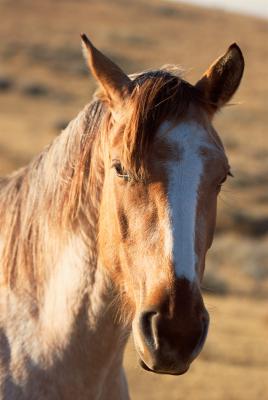
Start with grass. Put the underweight horse in pasture and allow it to eat at will. There is no danger in a horse feeding itself fresh grass. Grass helps a horse acclimate itself to regular feedings. Feed the horse alfalfa hay in the morning, mid-morning, noon, mid-afternoon and evening. Give it a 5- or 6-inch flake off a standard square bale at each feeding.
Add oats after two weeks. Oats are considered a hot feed, but the most common and least risky. If you are unfamiliar with horses, consult a vet before adding hot food to the malnourished horse's diet. Begin feeding the horse 5 or 6 ounces of oats in the morning. After one week add the same amount in the evenings. At this point, the horse will be eating grass, hay and oats.
Add vitamins and minerals to the horse's diet after three weeks. There are particular supplements for for the age and condition of a horse. Start with very small amounts, less than an ounce a day. Overfeeding vitamins and minerals to a horse that is starving can send the animal into shock.
Add high-protein foods -- sweet feed, cracked corn, crimped oats, a little beet pulp (soaked) -- after a month. Only if the horse is consuming the food you feed him, yet is not showing signs of improvement, give it extra hot feed. Be aware, if you begin adding hot feeds too soon, the animal is at risk. Even for a fit horse, hot feeds can be dangerous. Too much hot feed can kill the healthiest of horses. Each feed is different and must be administered in different amounts. Ask a vet how much hot feed of a particular kind to give your horse. Without extra hot feeds -- just hay, oats and grass -- the amount of time to fatten a malnourished horse is increased. To pull a horse out of starvation quickly, extra hot feeds are critical, but there is a risk.
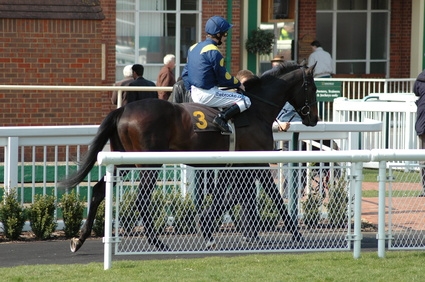 How to Get My Skinny Horse to Gain Weight
How to Get My Skinny Horse to Gain Weight
How to Get My Skinny Horse to Gain Weight
How to Get My Skinny Horse to Gain Weight
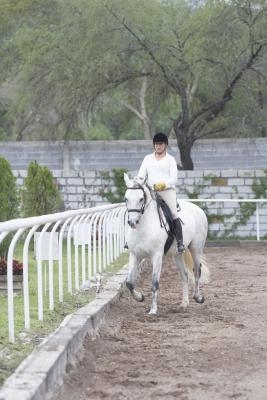 How to Gait a Horse
How to Gait a Horse
How to Gait a Hors
How to Gait a Horse
How to Gait a Horse
How to Gait a Hors
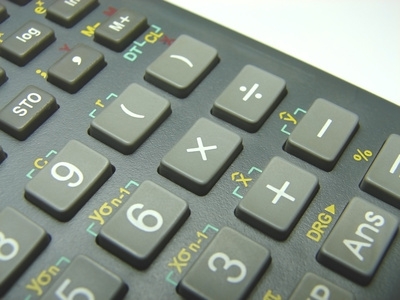 How to Calculate How Much to Feed a Horse
How to Calculate How Much to Feed a Horse
How to Calculate How Much to Feed a Horse
How to Calculate How Much to Feed a Horse
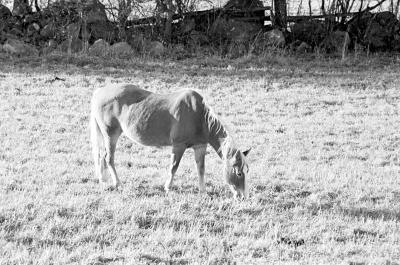 How to Fatten Up a Skinny Horse
How to Fatten Up a Skinny Horse
How to
How to Fatten Up a Skinny Horse
How to Fatten Up a Skinny Horse
How to
 How to Train a Horse to Sit
How to Train a Horse to Sit
How to Tra
How to Train a Horse to Sit
How to Train a Horse to Sit
How to Tra
Copyright © 2005-2016 Pet Information All Rights Reserved
Contact us: www162date@outlook.com